The George Cooper Physiotherapy clinic
Treatments
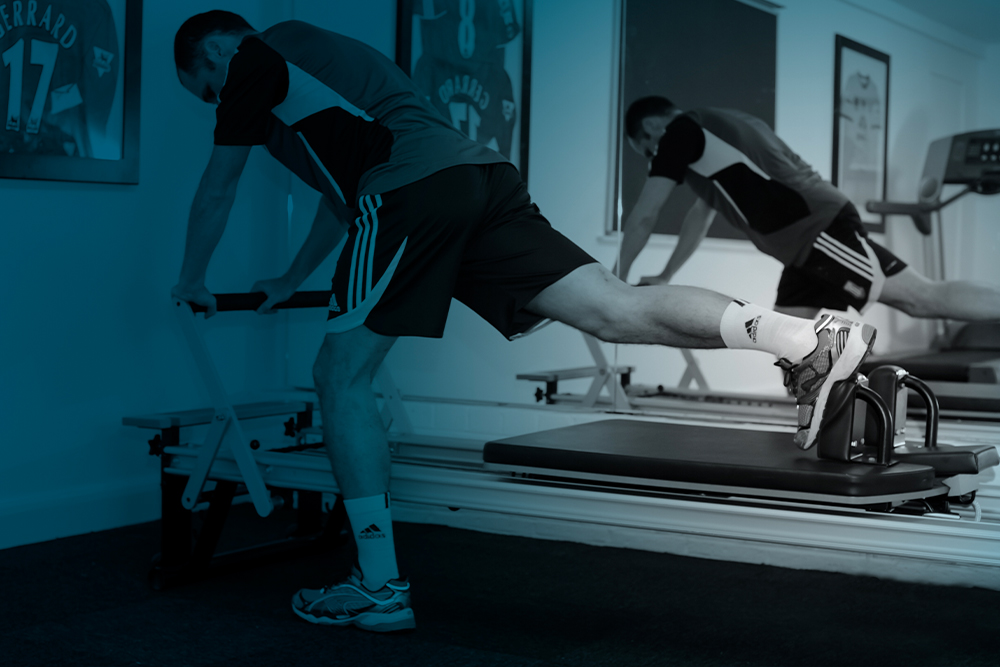
THE GEORGE COOPER PHYSIOTHERAPY CLINIC
RANGE OF TREATMENTS
We pride ourselves on providing an extensive and diverse range of treatments to suit all manner of physiotherapy and sports injury needs. You can read more about them below.

Musculoskeletal Ultrasound Imaging
Musculoskeletal Ultrasound scanning is used in the Clinic as an adjunct to physical assessment as a diagnostic tool to identify structural changes to muscles, ligaments, tendons, bursae and bony structure surfaces.
Read more
Soft tissue injuries are identified by conventional physiotherapy assessment and the scanner is skilfully used to confirm clinical findings of swelling, soft tissue damage and joint capsule pathology. It is used routinely to determine levels of recovery from treatment to treatment, ensuring techniques are effective and that structures injured are healing appropriately.
The ‘real time’ capability of ultrasound allows for dynamic evaluation of joints, muscles and tendons. This is valuable to the physiotherapist and patient as they obtain a visual appreciation of the behaviour of soft tissue structures as they move dynamically.
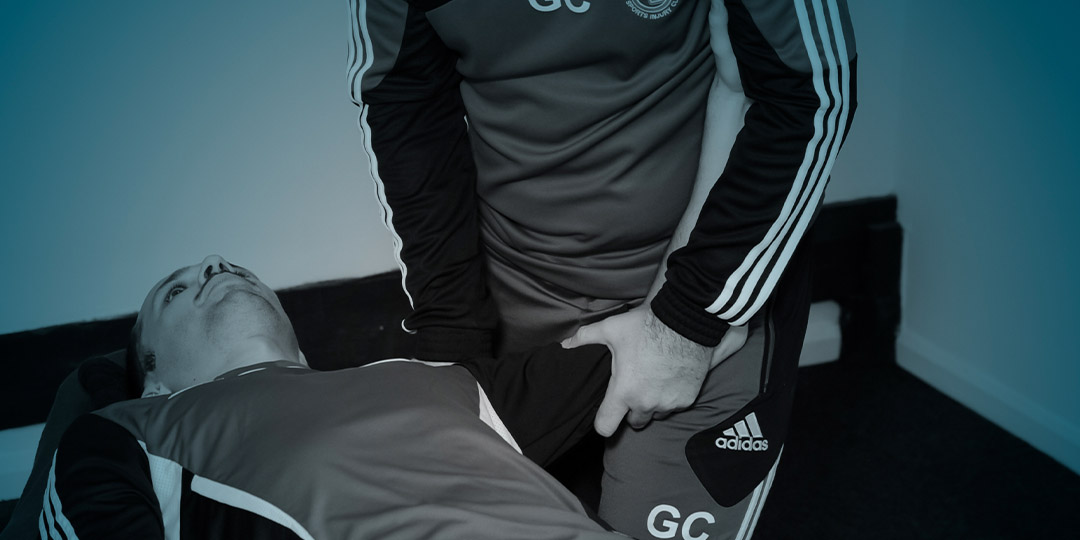
Peripheral Joint Mobilisation
Joint mobilisation is an extremely effective non-surgical technique utilised by skilled Physicians to improve joint range of movement, increase joint mobility and reduce joint pain. Mobilisation is effective following surgery, removal of casts and braces, and general stiffness from injury or disease such as Osteoarthritis.
Read more
This particular technique is graded in force of amplitude depending on the severity, irritability and nature of the complaint and is commonly effective when treating the knee, hip, frozen shoulder, twisted ankle, sprained wrist, and fractures to the hand or foot. Other treatments that complement this technique effectively are Myofascial Releases, Muscle Energy Techniques, Fascia Tool Release techniques and Acupuncture.

Spinal Mobilisation
Spinal Mobilisation is utilised by highly skilled therapists as a non-invasive, effective technique for back and neck stiffness, reduced movement and pain relief. It was devised to reduce pain, increase joint range of movement and restore muscle power.
Read more
It is usually graded in force of amplitude to the joint and is dependant upon the severity, irritability and nature of the disorder. This approach is extremely effective for complaints of neck or back stiffness, slipped disc, Sciatica, pain associated with certain movement or even at rest. The sensation of nerve pain radiating down an arm or a leg can also be relieved using this approach.
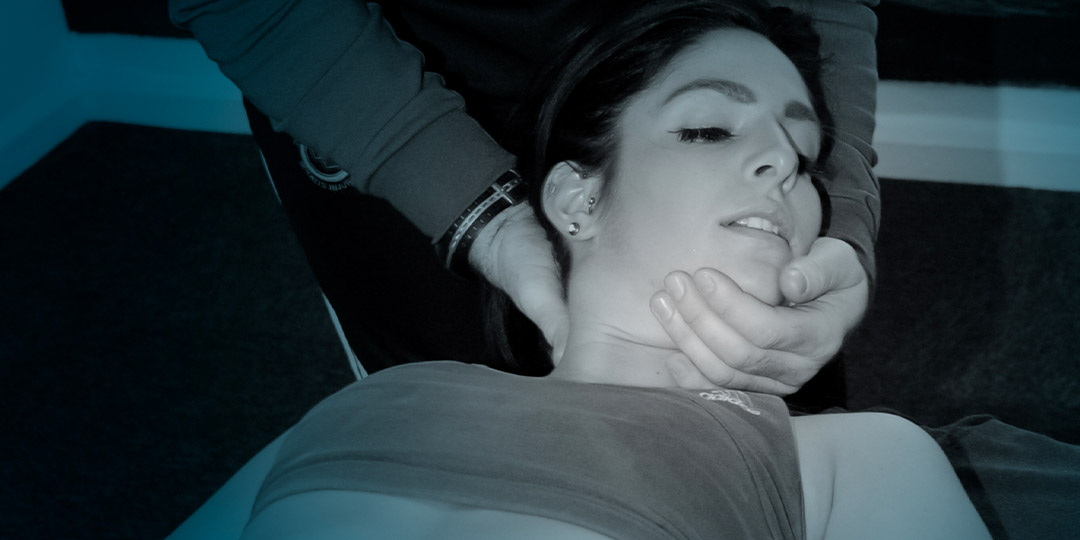
Spinal Manipulation
Spinal manipulation is utilised by highly skilled clinicians on spinal joints. It is also known as high velocity low amplitude thrust, an adjustment or a grade five mobilisation. It is extremely effective for neck, thoracic, rib, lower back and pelvic pain. Its main function is to restore joint mobility, reduce pain and increase power of surrounding musculature.
Read more
Following the procedure it is often considered good practice to address the issues that may have contributed to the problem initially. Trauma is commonly the cause, however poor biomechanics or deviated movement patterns are likely to be the main contributing factor to spinal joint dysfunction and pain.
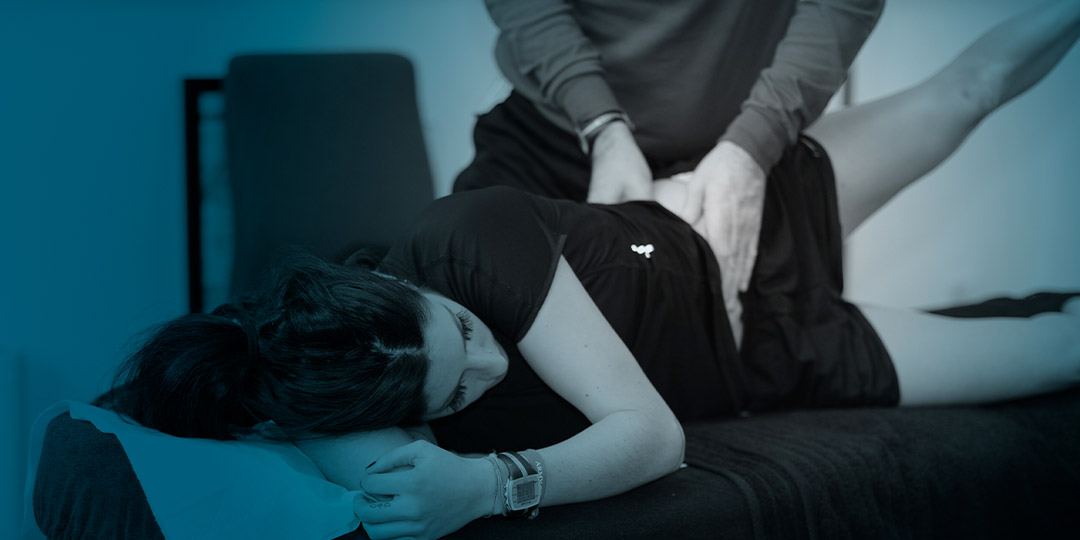
Muscle Energy Techniques (MET)
This manipulative therapy is used by Physiotherapists as a method to confirm diagnosis and treatment of muscular dysfunction. Overactive muscles are commonly painful in certain areas or their entirety and often present shortened.
Read more
Muscles that present clinically in this way can alter joint positions which, in turn, may cause reduced range of movement, lack of mobility and/or pain. MET is used by applying pressure with the hands at specific points of the muscle itself followed by an active movement made by the patient through a specified range of movement. The results of this technique are often instant and remarkable. Used in conjunction with other modalities and movement dysfunction rehabilitation, this process can correct both acute and chronic pathology with incredible effect.
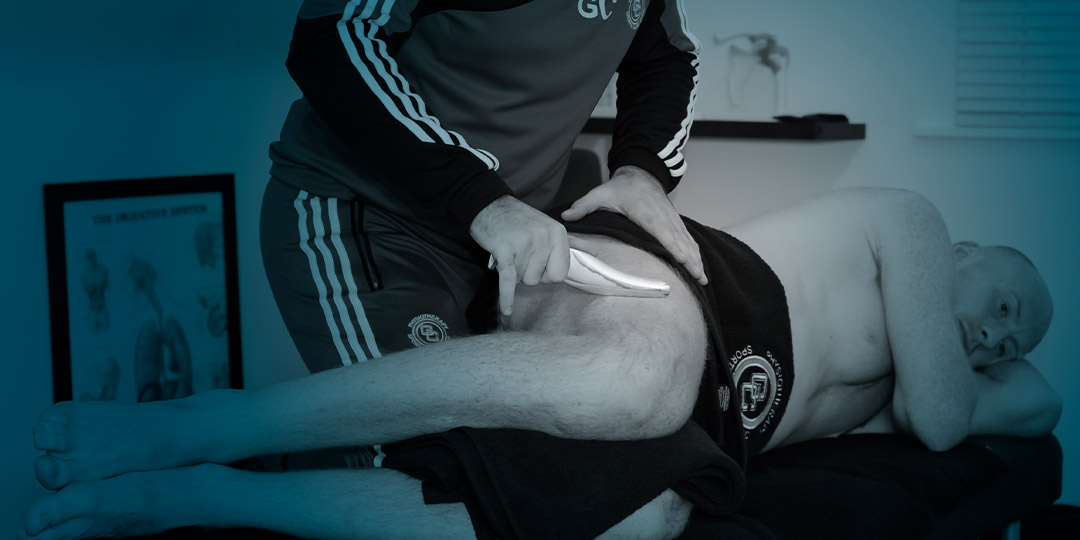
Instrument Assisted Massage (IAM) Tools
George trained with this tool while employed as first team Physiotherapist at Birmingham City Football Club and has had excellent results in the treatment of connective tissue to restore function. Fascia could be described as a ‘web’ of connective tissue surrounding individual and groups of muscles.
Read more
Over the years its significance to Movement Dysfunction has been questioned by many and largely ignored. IAM tools have been designed by Movement Therapists and manufactured by engineers as tools to diagnose and treat disorders of skeletal muscles and the related connective tissues. The specially designed metal tools are used on restricted dysfunctional areas of connective tissues that can inhibit movement and cause pain to muscles directly or the joints they act upon. The IAM ‘Dolphin’ tool is used in the GC clinic providing feedback to the Physiotherapist as it passes over areas of dysfunctional tissue. Once identified, they are treated using the tool directly over the area. Treatment is continued along the line of connective tissue around the body that can also be adding to the dysfunctional movement. When used in conjunction with exercise therapy to restore movement function it is an excellent technique that has been especially effective for neck, back, shoulder, hip, knee, ankle and foot pain.
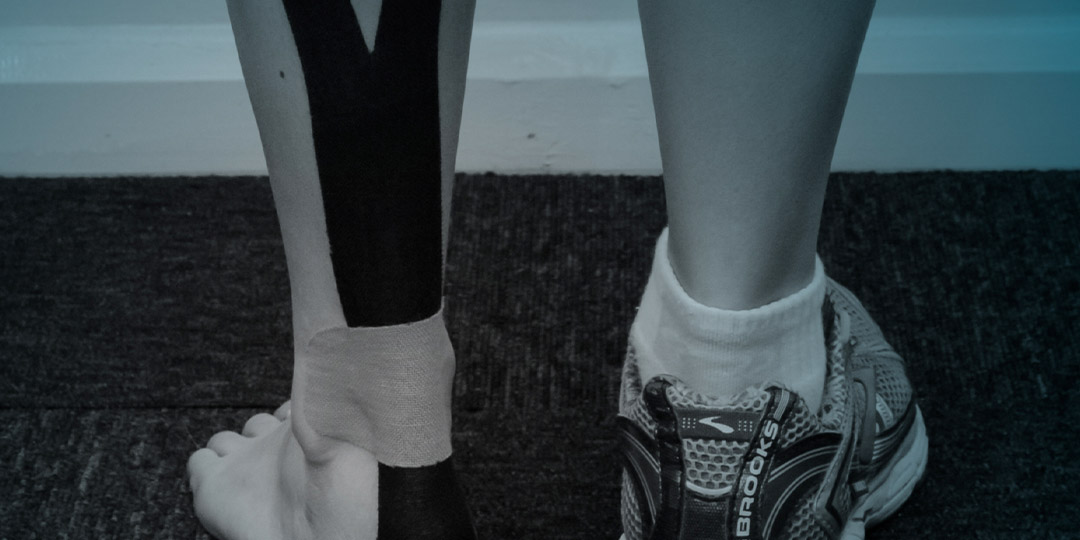
Kinesio Tape
George undertook a Kinesio taping course whilst Head Physiotherapist to West Ham United’s first team and used it many times with the playing squad. You will have seen it on a host of professional sportsmen and women as a brightly coloured tape which has been precisely applied on a dysfunctional area of the body. It is an elasticated tape designed by a Japanese Chiropractor to replicate some of the effects of manual therapy.
Read more
Some clinicians have claimed it does nothing of the sort, however George knows many players he has applied it to that claim to feeling much more confident wearing it around an injury than not. On the course he gained a thorough understanding of how, why and where to apply tape as an adjunct to treatment of injury. Clinically, it has been a valuable tool in the treatment process of muscle strains and Movement Dysfunction Rehabilitation.
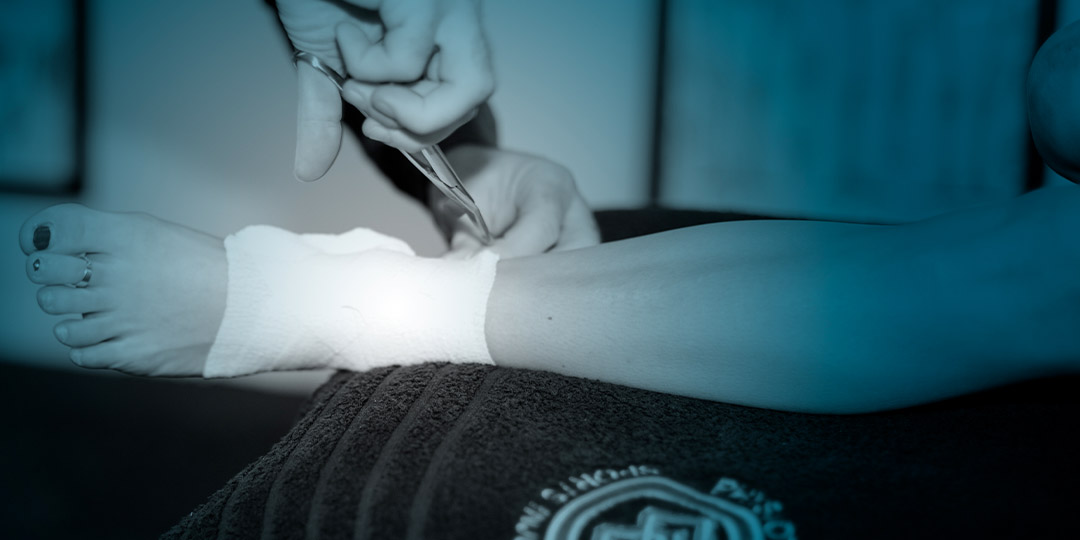
Taping for Activity and Competition
A significant amount of time has been spent by George as a Physiotherapist to professional footballers strapping areas of the body vulnerable during activity due to trauma or wear and tear. Strapping has been utilised for all sports for the treatment and prevention of injury. Almost every joint can be strapped effectively by an experienced Physiotherapist and there are many types of tape used at the GC clinic for various conditions for those who are considered vulnerable during activity.
Read more
Muscles that present clinically in this way can alter joint positions which, in turn, may cause reduced range of movement, lack of mobility and/or pain. MET is used by applying pressure with the hands at specific points of the muscle itself followed by an active movement made by the patient through a specified range of movement. The results of this technique are often instant and remarkable. Used in conjunction with other modalities and movement dysfunction rehabilitation, this process can correct both acute and chronic pathology with incredible effect.
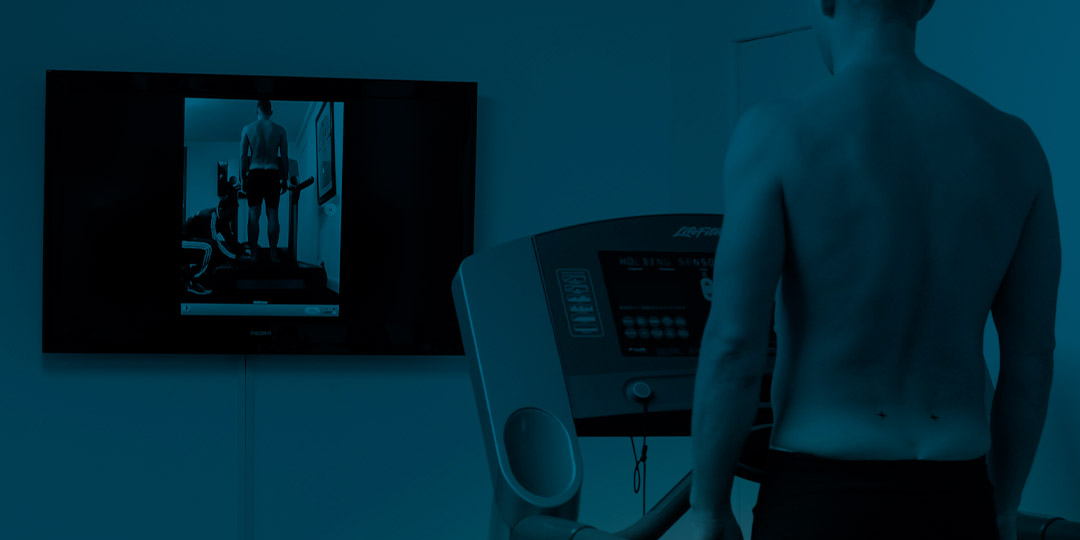
Video Gait Analysis
Poor movement biomechanics, especially whilst running, can be the underlying cause to injury or pain particularly in the back, hips, knees, ankles and feet. With the use of video recording it is possible to break down an individual’s bio-mechanical movement during the action.
Read more
Each phase of the gait cycle can be assessed to determine if their style of running or walking is the cause of pain or injury. More often than not George has found inappropriate footwear to be the main cause of injury which can be rectified with advice and recommendation of more suitable equipment. For people in the Bishop’s Stortford area, Paul Lincoln at Fast Feet Sports can provide expert advice on the correct footwear to use – Fast Feet
Some foot and ankle conditions can be rather more challenging to treat and with the use of an orthotic that is placed in the shoe or boot it can be very effective. These are available off-the- shelf and when prescribed and inserted appropriately they can be very effective in the injury treatment process. If the bio-mechanical problem is particularly complicated, George has an excellent relationship with a clinician to whom he has referred many English Premier League footballers to over the years and can do the same for private patients.
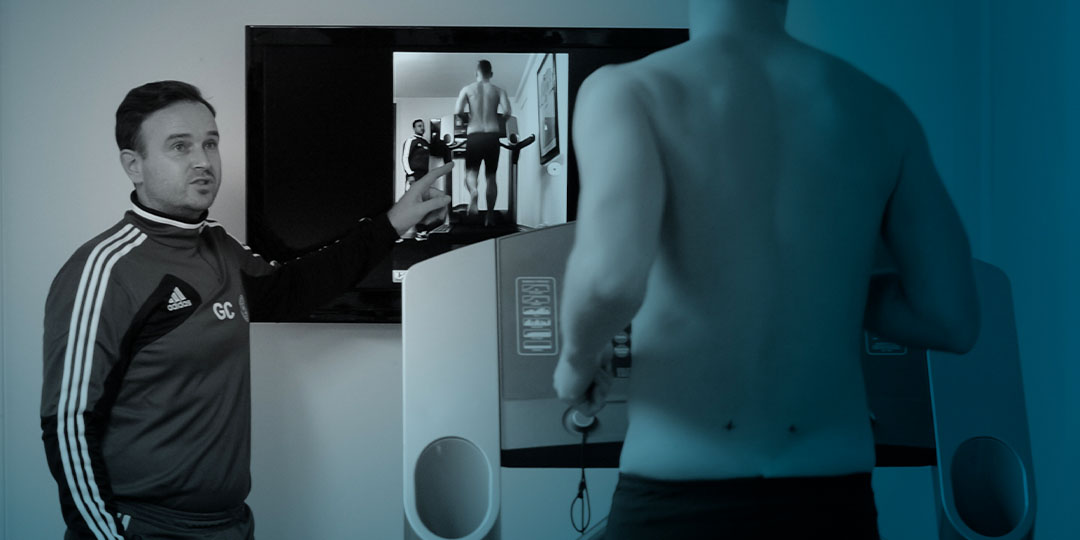
Video Analysis Movement Screening
Filming patients while performing functional movements is an excellent way of documenting certain patterns, providing visual feedback of conditions and improvements, and is a point of reference that can be studied between the patient and clinician repeatedly. George has used this process with professional sportsmen and women on a regular basis to identify potential injury or diagnose the cause of an existing problem.
Read more
He uses it to recognise movement patterns that are key to normalising function and to identify when the patterns that cause functional limitations and asymmetries are visible. Once abnormal patterns have been identified they are addressed with corrective exercises to restore movement patterns. The advantage of video feedback is that it allows George to highlight to the patient exactly where their problems lie and how they can correct them.

Acupuncture
Acupuncture is a form of medicine originating from the ancient Chinese to treat medical conditions. Fine needles are inserted into carefully identified soft tissue structures in the body along ‘meridians’ which are believed to become blocked causing medical imbalances. Acupuncture is widely used in Physiotherapy and Sports Medicine as a method to normalise soft tissues that have become inhibited by trauma and general wear and tear.
Read more
Trigger points are most commonly known as ‘knots’ in the muscle but are actually taut bands of muscle fibres in skeletal muscle that feel tight when touched. Acupuncture is widely used in Sports Medicine to reduce tone in skeletal muscles and to normalise high tone which in turn causes muscle pain. Electro- Acupuncture is also used by some Sports Physicians when treating trigger points or ‘knots’. Small metal clips are attached to the needles after being placed in specific points recognised by the Clinician. An electric current is then passed through the metal needles. It is thought that the current increases the effectiveness of the treatment for this condition.
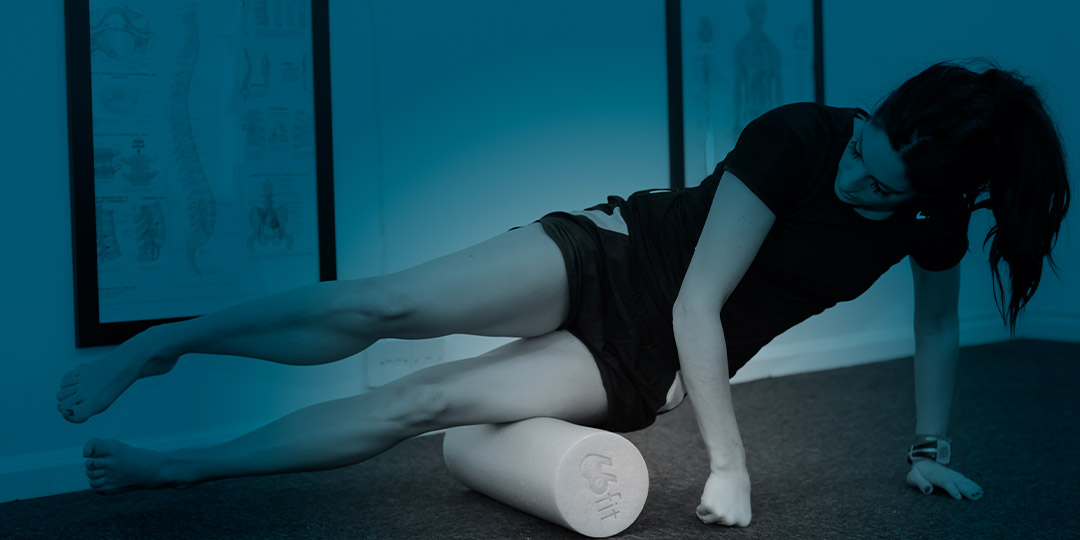
Foam Rolling
Foam rollers are a simple piece of tubular foam varying in firmness and circumference that are easy to use as a self-directed activity for patients once they have been shown how to do them effectively by George. They are very effective and are used to improve flexibility, functional movement, reduce painful sites in muscles and reduce injury.
Read more
By using their own body weight, individuals can identify tight areas and literally roll over the foam tube and iron out painful spots, known as trigger points. Clients become skilled in identifying tight dysfunctional muscles or muscle groups and can reduce injury recovery times and recurrence by self-directed home treatments. Foam rolling in the home can be integral to a treatment process and when executed appropriately can reduce treatment times and cost.
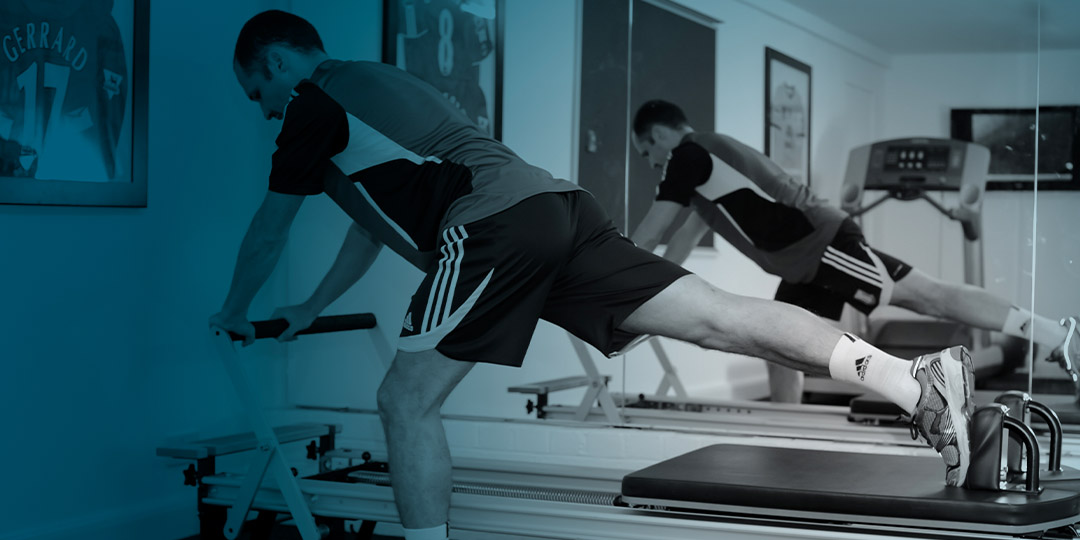
Pilates Based Spinal and Peripheral Strengthening
George began to use the Pilates method with professional athletes while Head Physiotherapist at Premier League Football Club, Charlton Athletic. He was trained by the Australian Physiotherapy and Pilates Institute which included 80 hours of lectures and practical sessions.
Read more
The Pilates method takes the body through exercises beginning on a mat and progresses to a mechanical reformer. The aim of the process is to create synergy between muscles that protect the spine and muscles that produce movement to the rest of the body. By identifying and correcting dysfunction between postural and mobilising muscles, pain in the lower back, neck, ribs, shoulders, hips, knees and ankles is treated effectively. The focus of the process is on stretching, co-ordination, strengthening, breathing and general body awareness throughout activities of daily living.
Pilates is not only utilised in the clinic to treat injury, but also as a method of injury prevention and to promote general well-being for healthy individuals and as a training aid with athletes to improve performance levels.
George believes working with clients on a one-to-one basis in a calm, relaxed environment has benefited each patient far more than group sessions and therefore only takes sessions in this way at his practice.
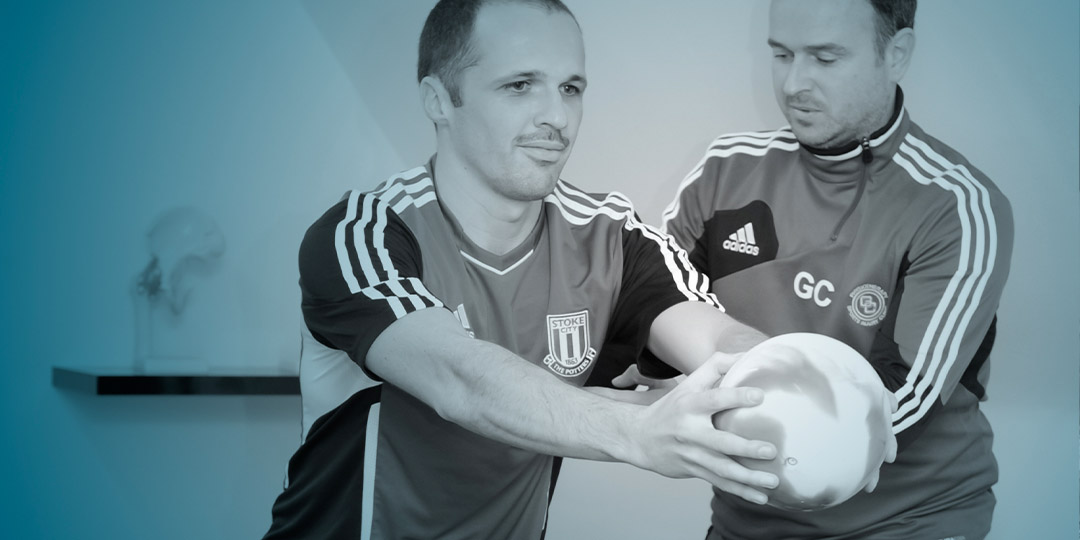
Movement Pattern Dysfunction Rehabilitation
Acupuncture is a form of medicine originating from the ancient Chinese to treat medical conditions. Fine needles are inserted into carefully identified soft tissue structures in the body along ‘meridians’ which are believed to become blocked causing medical imbalances. Acupuncture is widely used in Physiotherapy and Sports Medicine as a method to normalise soft tissues that have become inhibited by trauma and general wear and tear.
Read more

Pre & Post Operative Rehabilitation
Proprioception is otherwise known as the ability to balance and is necessary for all everyday activities and becomes even more essential when performing at high levels of sporting activity. This aspect of function becomes compromised during and after injury, reducing joint stability, reaction times, rendering the joint unstable and at risk of re-injury or further damage.
Read more
Assessment of landing mechanics can highlight many deficiencies in the kinetic chain involved in the action of foot placement while landing. Following a knee injury an integral part of George’s rehabilitation process is the assessment of the lumbar spine, hip, knee, ankle and foot mechanics during a simple landing action. Often, hip weakness predisposes the knee to internally rotate on landing, putting adverse stress on structures throughout the knee. In this instance, rehabilitation of the muscles that stabilise the hip is prescribed and balance rehabilitation is undertaken. Video analysis provides feedback both to George and his clients, highlighting abnormal movements and subsequent improvements after treatment.
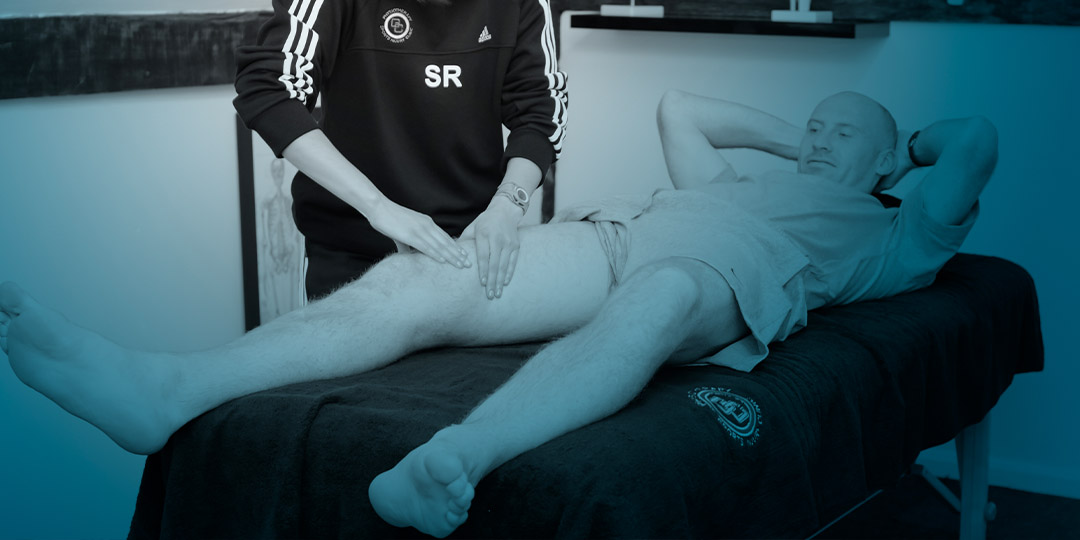
Sports Massage Therapy
As sporting opportunities become more accessible to all ages and genders, so do the demands being placed upon any individuals body. The primary aim of Sports Massage Therapy (SMT) is to alleviate the build-up of tension and stress brought about by activities. Where overuse and exertion occur during prolonged activities, SMT aims to promote recovery caused by micro-trauma in the soft tissues, and preventing them from progressing to an injury.
Read more
Maintenance massage: regular massage can be vital to improve or maintain sports performance and tissue recovery for those who compete on a regular basis with the primary aim of maintaining and restoring muscle flexibility and strength.
Pre-event massage: this is specific to the athlete and the activity levels expected. The primary aim is to target muscles and fascia by stimulating the neuromuscular systems with the use of an invigorating medium pressured technique.
Post-event massage: differs from techniques used pre-event with the aim being to reduce the build up of metabolites in soft tissues and aid the body’s natural healing process, reducing recovery time and the risk of injury.
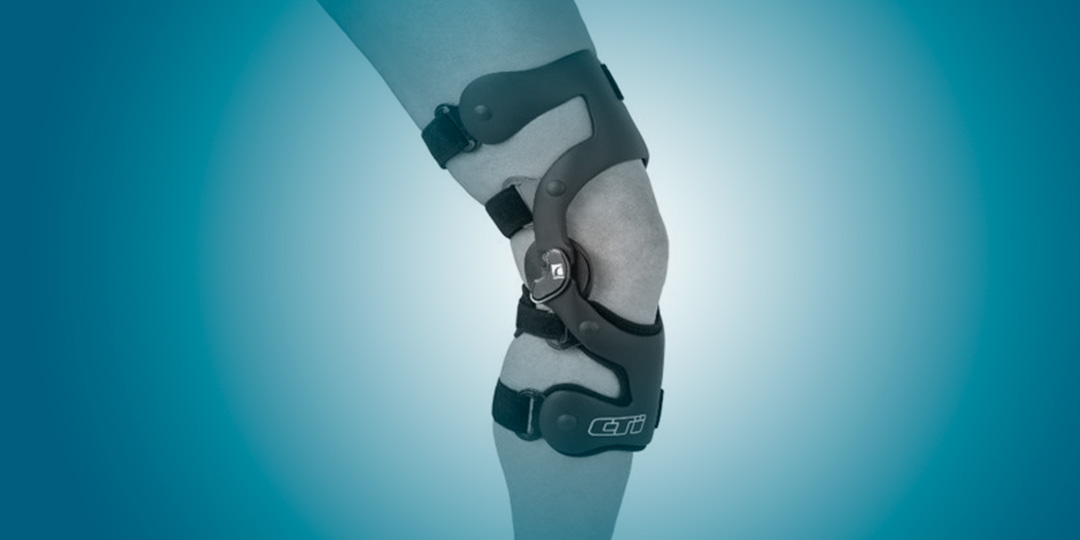
Ossur Knee Braces
Read more
Rebound Cartilage
The Rebound Cartilage is a protective functional solution designed to support regeneration of the knee cartilage from diagnosis through to the post-surgical healing phase. It assists in the compliance of the rehabilitation protocol for cartilage repair procedures such as Microfracture.
Unloader One
In the field of osteoarthritis knee bracing for many years, the Unloader One has been redesigned to provide numerous benefits to both the clinician and patient, specifically improve ease of use, improved comfort.
As ever, the brace combines a streamlined, flexible single upright with Dual Dynamic Force Straps to generate a highly effective unloading force for arthritis to the inside or outside of the knee joint. A ratcheting Dynamic Force Control System empowers the patient to manage the therapeutic effects of the brace whilst liners coated with Ossur Sensil Silcone Technology prevents slipping.
CTi
The constant development and improvement of this classic design is why CTI remains the top choice of athletes and leading clinical specialists around the world.
The CTi Custom is generally used for high levels of support where comfort and strength are not compromised by weight and bulkiness. It can also offer greater advantages for accurate fitting where leg shape abnormalities present a problem. Used for a variety of activities including running, football, skiing, triathlon, cycling, orienteering and many more.

OrthoSole
How can OrthoSole help me? OrthoSoles provide you with a custom fitting support system to optimize your insole’s support and cushion, specifically for your feet.
Read more
This can result in improvement in all the following areas:
Knee Pain – Improved foot positioning will improve knee alignment and reduce knee pain.
Back Pain – The combination of OrthoSole’s adjustable support system and cushioning materials work together to evenly distribute body weight and reduce stress and shock to the lower back.
Foot Pain – Pain and pressure under the metatarsals bones (mid-foot) will be reduced by the support of the metatarsal pads.
Ankle Pain – Improved foot position will improve ankle alignment, which reduces ankle pain.
Heel Pain – OrthoSole’s triple layer of heel cushioning helps to protect the heel, reducing heel stress and pain.
Plantar Fasciitis/Policeman’s Heel – The arch pad will improve support to the arch of the foot for a better foothold, resulting in reduction of plantar fasciitis and arch pain. The firmest/comfortable arch piece is recommended.
Hip pain – The improved position will improve hip alignment, which reduces hip pain.
Shin Splints – By aligning your foot into its optimal position and providing improved cushioning, OrthoSole reduces the excessive traction forces that cause pain and inflammation in the shin area. Take a break from heavy activity if you have shin splints and start again with OrthoSole to see the difference.
Overpronation – The arch pad will increase support to the arch of the foot, improving foot stability.
Supination – the Heel Chassis will help support this is as the foot rolls out during the gait cycle.
Circulation Issues in Feet – The improved pressure distribution will increase blood circulation in the foot.
WHAT CLIENTS SAY
Testimonials
Contact us
Opening hours
Monday – Friday: 9:00am – 5:30pm
Saturday & Sunday: Closed